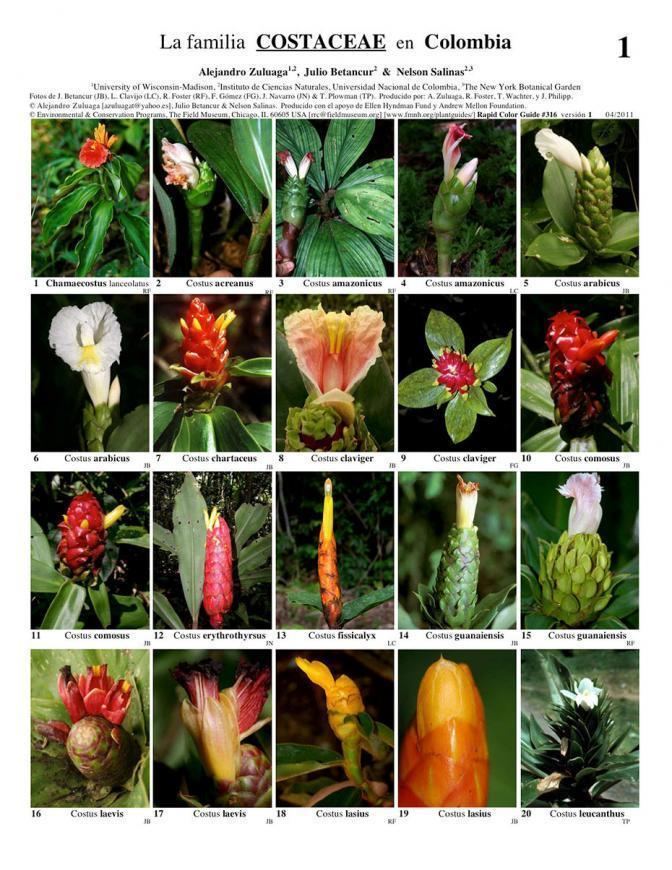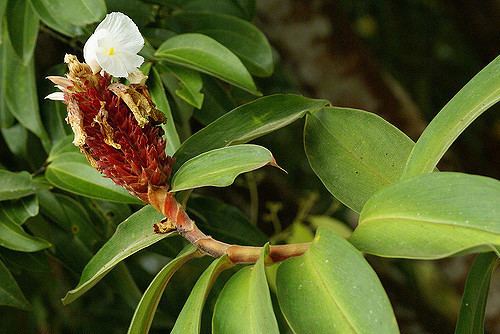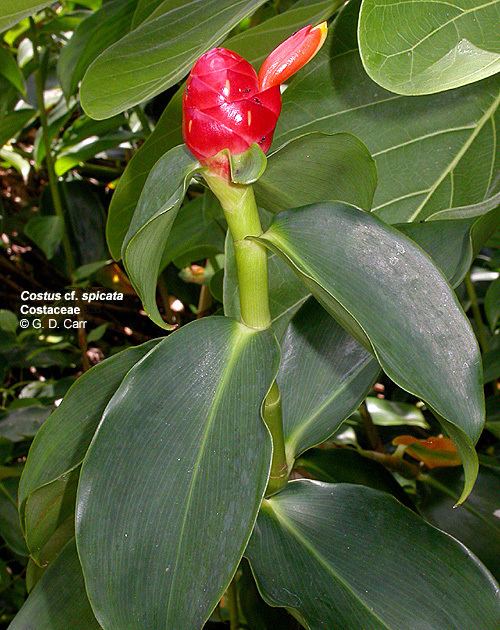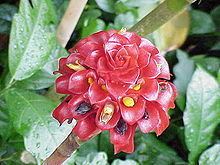Scientific name Costaceae | ||
 | ||
Lower classifications | ||
How to reverse insulin resistance naturally with a low carbohydrate diet and intermittent fasting
Costaceae, or the Costus family, is a family of pantropical monocots. It belongs to the order Zingiberales, which contains horticulturally and economically important plants such as the banana (Musaceae), bird-of-paradise (Strelitziaceae), and edible ginger (Zingiberaceae). The seven genera in Costaceae together contain about 143 known species (1 in Monocostus, 2 in Dimerocostus, 16 in Tapeinochilos, 2 in Paracostus, c. 8 in Chamaecostus, c. 5 in Hellenia, and c. 80 in Costus). They are native to tropical climates of Asia, Africa, Central America, and South America. Several species are frequently found in cultivation.
Contents
- How to reverse insulin resistance naturally with a low carbohydrate diet and intermittent fasting
- Description
- References

Description

The simple leaves are entire and spirally arranged, with those toward the base of the stem usually bladeless. Leaf bases have a closed sheath with a ligule, or projection at the top of the sheath.

Costaceae is different from the other families of Zingiberales in that its species have 5 fused staminodes, rather than 2 or 3, and the Costaceae contain no aromatic oils. The fused infertile stamens form a large petaloid labellum that often functions to attract pollinators. The flowers are solitary in Monocostus. In the other genera, the flowers are borne in a terminal spike that ranges from elongate to nearly capitate. Each flower is subtended by a large bract. The fruit is a berry or capsule. The rhizome is fleshy with tuberous roots.

